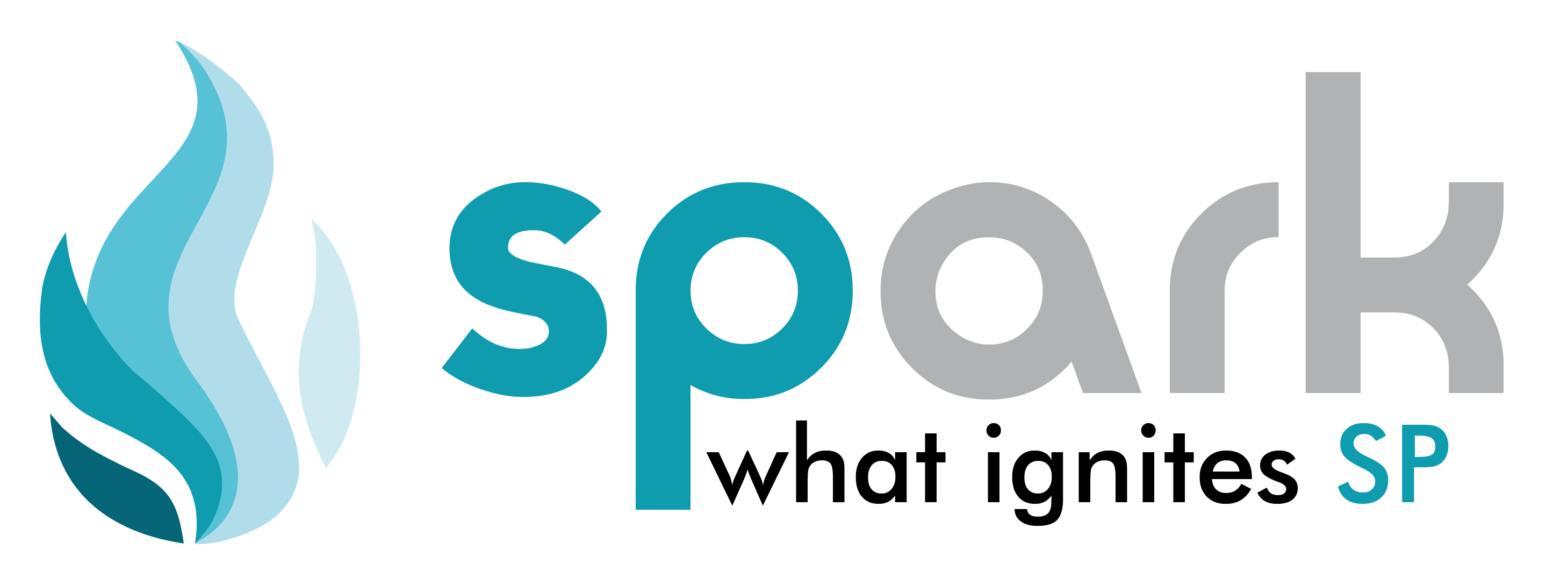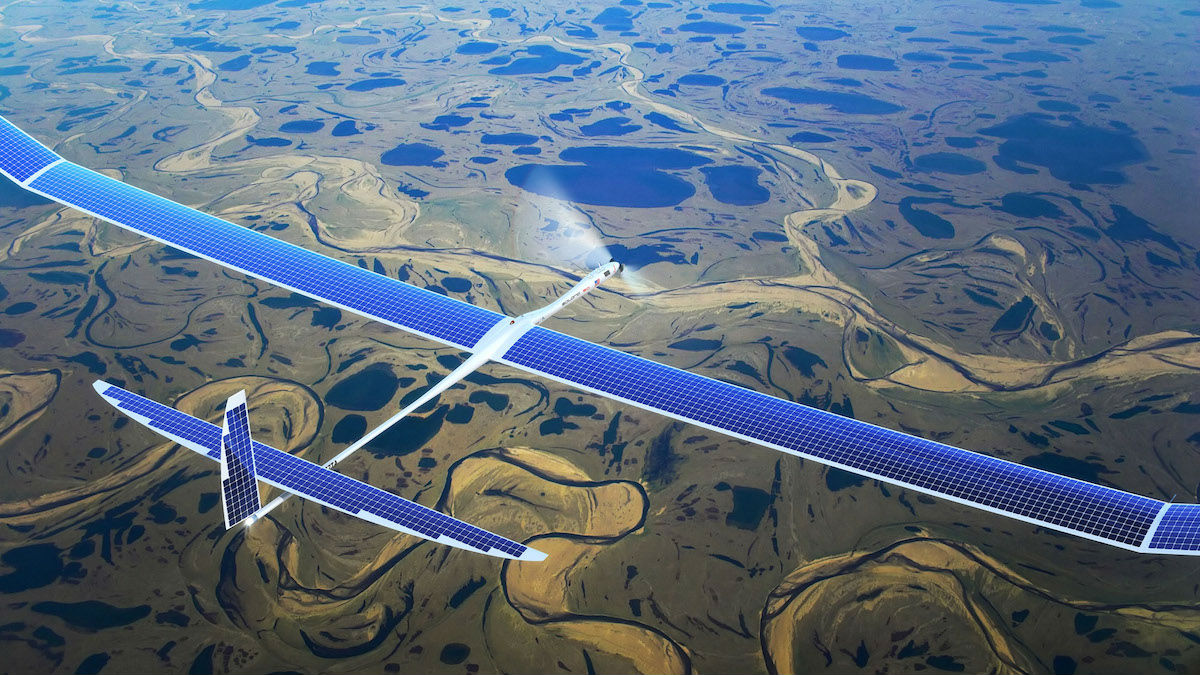You’re probably reading this article via the good old internet, however at this very moment 4.3 billion people don’t have any sort of access to the World Wide Web. While Europe has a connection rate of about 75%, the connection rate in Africa is closer to just 20%.
Cabling the world to spread internet access is an expensive and time-consuming process, especially when taking to the skies for wireless coverage is far easier. That’s why companies of the likes of Google, Facebook, Microsoft, OneWeb and Elon Musk’s SpaceX are all heading towards the stars to set-up systems that should cover the globe in internet connectivity.
Here’s a quick look at the two most important projects, which aim to boost internet connectivity across the world.
PROJECT LOON

The first company to bridge the gap is Google which is relying on a network of LTE equipped floating balloons to provide uninterrupted wireless coverage to rural areas. While sending internet-beaming balloons in the sky may sound like the ravings of a lunatic, Google’s internet beaming project also called Loon does have a concrete scientific hypothesis. Google plans to take advantage of stratified winds at different altitudes by raising a network of balloons as high as 20 kilometres for a period of 100 days.
A small box containing each balloon’s hardware system is placed below the balloon envelopes, the envelopes of which are composed of polyethylene plastic and filled with helium. Each and every balloon’s electronic system is powered by an array of solar panels that sit between the envelope and the hardware system. In full sun, the panels produce 100 watts of power, which is sufficient to keep the unit running while also charging a battery for use at night. A parachute attached to the top of the envelope allows for a controlled descent and landing when a balloon is ready to be taken out of service. In case of unexpected failure, the parachute deploys automatically. When taken out of service, the balloon is guided to an easily reached location, and the helium is vented into the atmosphere.
Each balloon can provide connectivity to a ground area of about 40 km in diameter using LTE technology and providing 22 MB/sec to ground antennas and 5 MB/sec to handsets. In June 2013, Project Loon was first tested in New Zealand and Google has already started testing out Project Loon in India and is reportedly working with BSNL to share spectrum.
PROJECT AQUILA

Not to be outdone, Facebook is planning on delivering all your favourite memes and cat videos via drones. The drone named Aquila which is Latin for eagle is a giant flying solar-powered wing. Aquila will use an infrared laser that pulses on and off billions of times a second to transmit data, instead of sending it over radio frequencies, the way WiFi does.
Aquila has a wingspan wider than a Boeing 737 but weighs much less. The body of the plane is made of a carbon fibre composite so the whole thing weighs less than 1,000 pounds. The first test flight of Aquila which took place in July 2016 lasted for a good 96 minutes when the original goal was 30 minutes. It was powered by batteries, so as to give The Facebook Connectivity lab early indications about Aquila’s aerodynamic performance, handling qualities, and autopilot performance. However, in the future, the amount of energy that Aquila’s solar panels collect during the day will have to be enough to keep its propellers, communications payload, avionics, heaters and light systems running, even when it’s dark. Aquila’s speed is extremely slow – however, it is a deliberate move in order to save power; the speed could be increased at a higher altitude with a thinner atmosphere.
The first flight terminated with the drone crashing while landing. The second flight however which took place recently at Arizona in June this year flew for 1 hour and 46 minutes and landed perfectly on the prepared landing site.
In collaboration with their Internet.org initiative, Facebook has a goal of having a fleet of Aquila like internet drones flying together at 60,000 feet, communicating with each other via lasers and staying aloft for months at a time – something that’s never been done before.


Comments are closed.